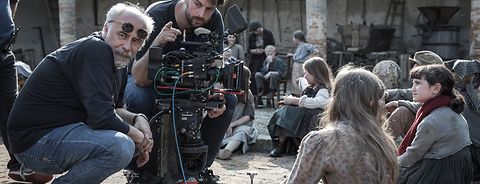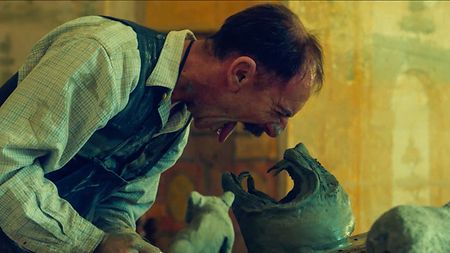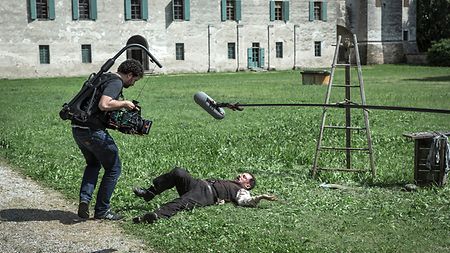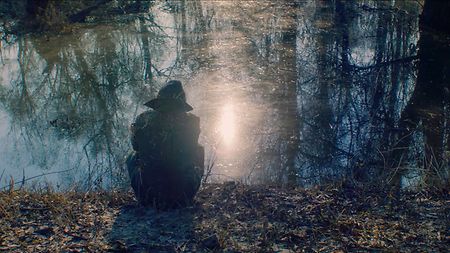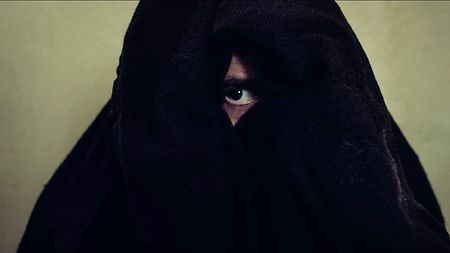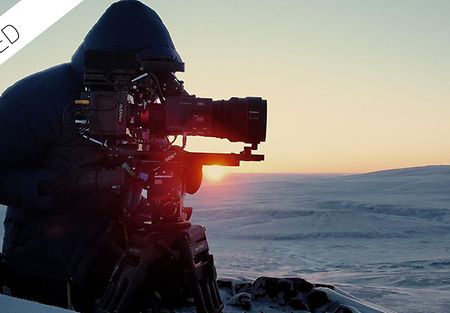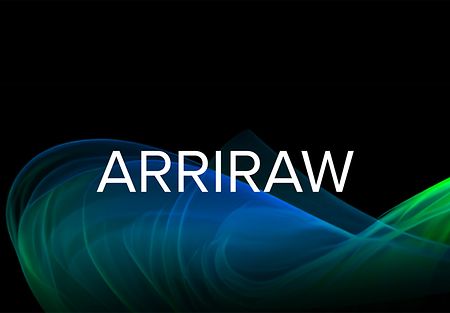Born in Tuscany in 1985, cinematographer Matteo Cocco made his professional debut in Berlin, where he lensed his first film: Philip Groening’s “The Policeman’s Wife,” winner of the Special Jury Prize at the 2013 Venice Film Festival. Nine years on, he has 15 films under his belt, including “Anna” (“Per amor vostro”), “On My Skin” (“Sulla mia pelle”), and now “Hidden Away” (“Volevo nascondermi”), by director Giorgio Diritti. Captured with ALEXA Mini, this biopic about painter Antonio Ligabue (1899-1965) is a journey into the inner world of a deeply troubled artist, whose wild talent was only recognized late in his eventful, often traumatic life.
How did you meet Giorgio Diritti?
He called me when he was starting to prepare the film on Ligabue, which he had been thinking about for years. He had heard about me from Silvio Soldini, with whom I’d made “Il colore nascosto delle cose.” This was my first collaboration with Giorgio, but I knew his filmography well, including his debut, the beautiful “The Wind Blows Round” (“Il vento fa il suo giro”), one of the rare examples of true independent Italian cinema. “Hidden Away” is a very different exploration of the cinematic image than his previous films, but it respects the essence of his filmmaking.
